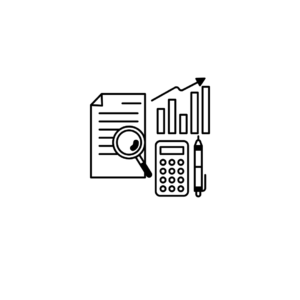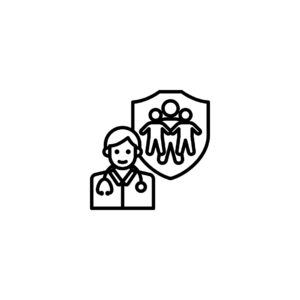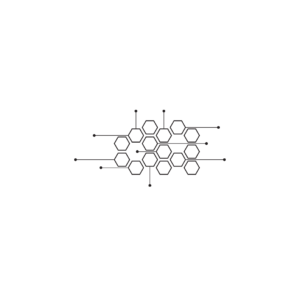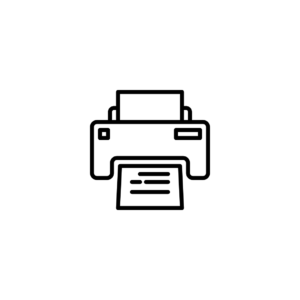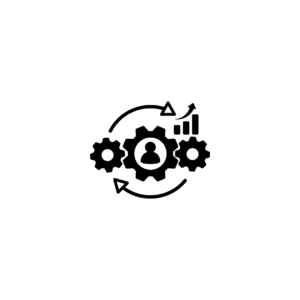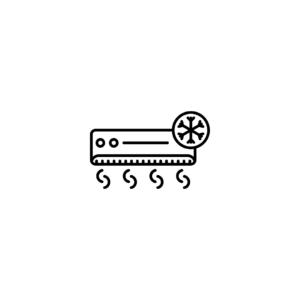Description
An Advanced Diploma in Collision Repair is designed for individuals looking to develop advanced skills in the automotive collision repair industry. This program provides comprehensive training in repairing and restoring vehicles that have sustained damage from accidents, focusing on both technical skills and industry standards.
Course Details:
Duration: Typically 1 to 2 years, depending on the institution and structure of the program (full-time or part-time).
Eligibility: Generally requires a high school diploma or equivalent; prior experience in automotive technology or completion of a foundational course in automotive repair may be beneficial.
Mode of Study: Offered in various formats, often combining classroom instruction with hands-on practical training in a workshop environment.
Curriculum:
The curriculum for an Advanced Diploma in Collision Repair usually includes the following key components:
1. Introduction to Collision Repair
Overview of the Industry: Understanding the collision repair industry, including the role of auto body technicians and the types of services provided.
Vehicle Structure and Design: Learning about vehicle construction, materials, and design elements relevant to collision repair.
2. Safety and Regulations
Safety Standards: Emphasis on workplace safety practices, including the proper use of personal protective equipment (PPE) and safe handling of tools and materials.
Environmental Regulations: Understanding the regulations surrounding hazardous materials and the safe disposal of waste products in collision repair.
3. Damage Assessment
Estimating Repair Costs: Techniques for assessing vehicle damage and creating repair estimates for insurance purposes.
Utilizing Diagnostic Tools: Learning to use diagnostic tools and software to determine the extent of repairs needed.
4. Metalworking Techniques
Body Repair Methods: Training in straightening bent frames and body panels using various techniques and tools (e.g., welding, pulling, and shaping).
Replacement and Alignment: Techniques for replacing damaged sections of body panels and ensuring proper vehicle alignment.
5. Painting and Finishing
Surface Preparation: Methods for prepping surfaces for painting, including sanding, priming, and applying undercoats.
Painting Techniques: Instruction in spray painting, color matching, and applying clear coats to achieve a professional finish.
6. Plastic and Composite Repair
Repairing Plastics: Techniques for repairing and molding plastic parts, including bumpers and trim components.
Composite Materials: Understanding the repair and replacement of composite materials used in modern vehicles.
7. Advanced Repair Techniques
Advanced Welding: Skills in MIG, TIG, and spot welding techniques critical for modern automotive repair.
Structural and Unibody Repair: Training in repairing both traditional frame and modern unibody structures.
8. Customer Service and Management
Communication Skills: Developing customer service skills to effectively communicate with clients and explain repairs.
Shop Management: Basics of managing a collision repair shop, including inventory management, scheduling, and employee supervision.
9. Capstone Project
Real-World Application: A final project where students apply their skills in a practical scenario, often involving the complete repair of a damaged vehicle.
Assessment:
Assessment methods for this program may include:
Practical Skills Evaluations: Assessing hands-on techniques and competencies through practical exams in a workshop setting.
Written Examinations: Testing knowledge of collision repair processes, safety protocols, and industry standards.
Project Work: Completing projects that demonstrate proficiency in specific areas of collision repair, such as estimating or actual repairs.
Career Opportunities:
Graduates of an Advanced Diploma in Collision Repair can pursue various roles, including:
Auto Body Technician: Specializing in repairing and restoring vehicle bodies and frames post-collision.
Paint Technician: Focusing on the painting and finishing of vehicles, including color matching and surface preparation.
Collision Estimator: Assessing damage and preparing repair estimates for insurance companies and customers.
Shop Foreman: Overseeing operations in a collision repair shop, managing staff, and ensuring quality control.
Insurance Adjuster: Evaluating claims related to vehicle damage and working with repair facilities to estimate costs.
This advanced diploma program provides students with the technical skills, knowledge, and practical experience necessary for success in the collision repair industry. If you have any further questions or would like more specific information about the program, feel free to ask!


